In the daily performance of oral care devices, battery depletion and pressure fluctuation are two customer complaints manufacturers cannot ignore. But are these seemingly separate issues connected? For brands committed to product reliability, understanding the link between pressure fluctuation and battery depletion is critical for optimizing energy efficiency and overall user satisfaction.
Battery depletion is typically caused by:
When left unaddressed, premature battery exhaustion directly affects product convenience and lifespan.
Pressure fluctuation refers to inconsistent fluid output in devices like water flossers. This issue often arises from:
These fluctuations not only reduce cleaning efficiency but also place extra load on motor components. Company web:https://www.powsmart.com/product/electric-toothbrush/
-2-1024x576.png)
So, how are pressure fluctuation and battery depletion linked? The answer lies in motor workload:
In essence, unstable hydraulic performance leads to higher energy consumption.
To address these linked challenges, manufacturers can:
These engineering solutions minimize unnecessary power drain while ensuring consistent pressure output.
From a manufacturing standpoint, brands should:
Batch-level monitoring of both flow performance and power usage ensures each shipment meets reliability standards.
In conclusion, while battery depletion and pressure fluctuation may appear unrelated, unstable hydraulic performance directly contributes to excessive power consumption and faster battery exhaustion. Manufacturers focusing on energy-efficient motor control and precision fluid management can effectively solve both issues simultaneously.
Ready to optimize your product’s power efficiency and hydraulic stability? Contact us for customized OEM/ODM water flosser solutions designed for energy savings and performance consistency. Contact us
PowSmart’s Commitment to Quality: What Sets Our Oral Care Products Apart
.jpg)
Why is Sonic technology essential for a Kids toothbrush?
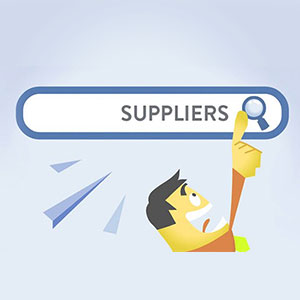
Is a Texas travel toothbrush with a Texas tax-free advantage — worth it?
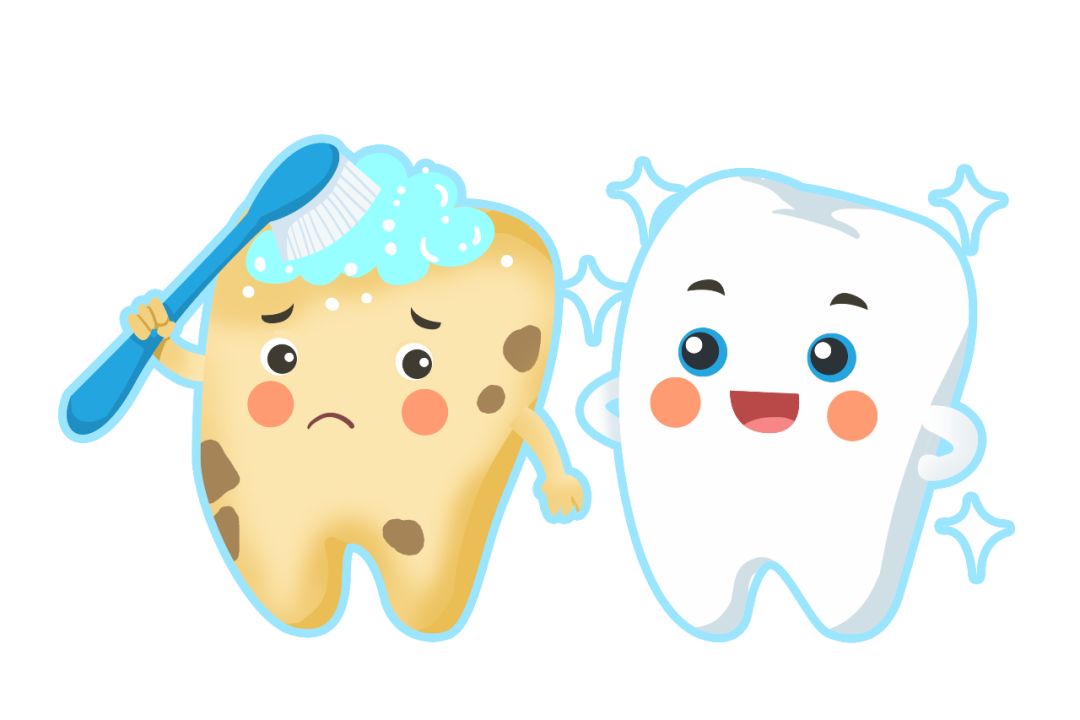
How Changing Consumer Attitudes Are Shaping Oral Care Products Demand

The Core Benefits of Brand Owners Promoting Water Flossers and How to Meet Marketing Needs to Increase Sales
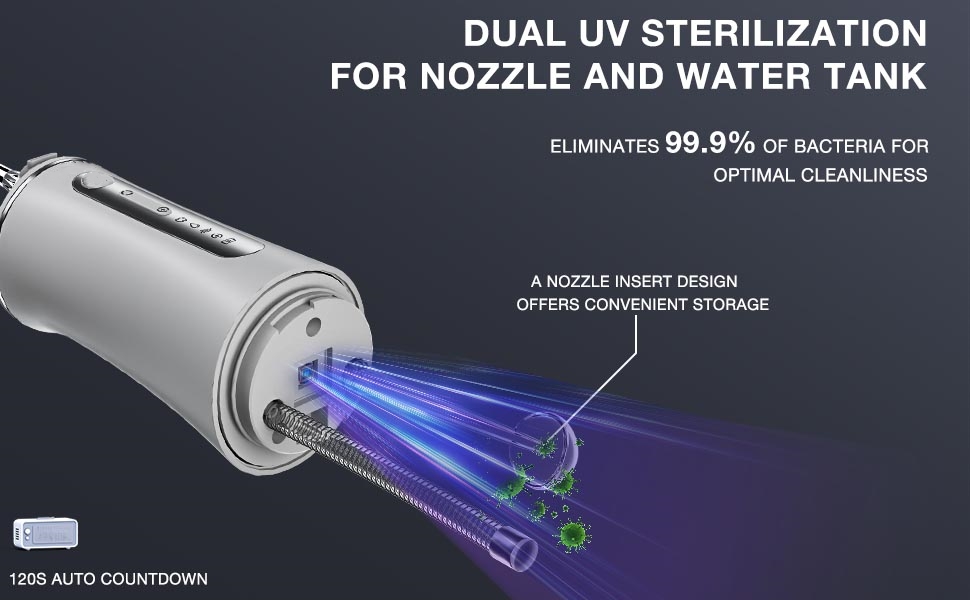
Best Tips for Brands Before Deciding to OEM Water Flossers
.jpg)
Pros and Cons of the Smart Screen of Electric Toothbrush
Sonic Toothbrush Gift for Southern Hospitality
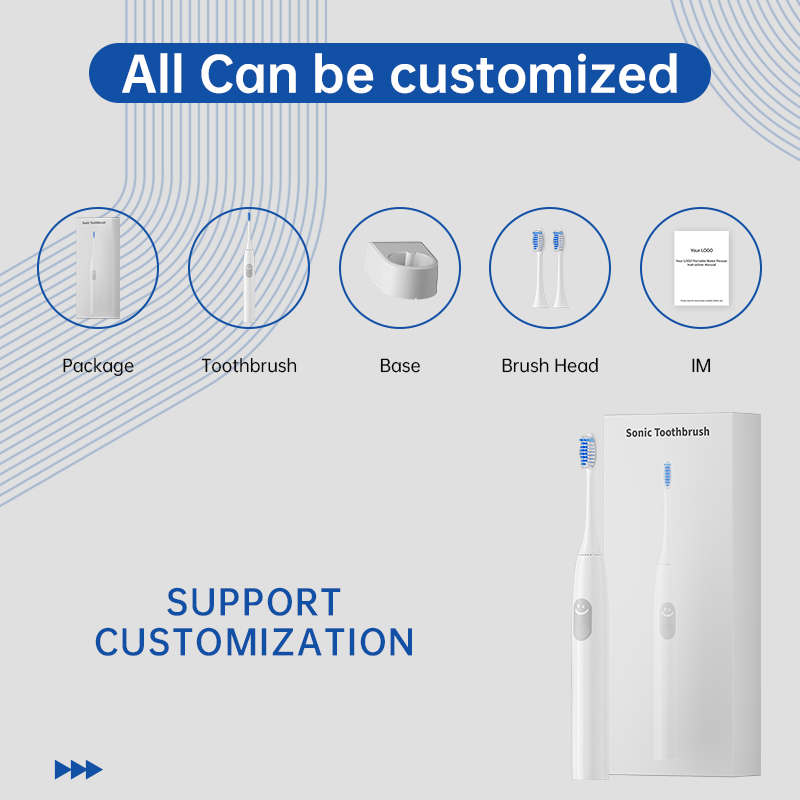
The Role of Packaging in Oral Care Product Value – OEM Options
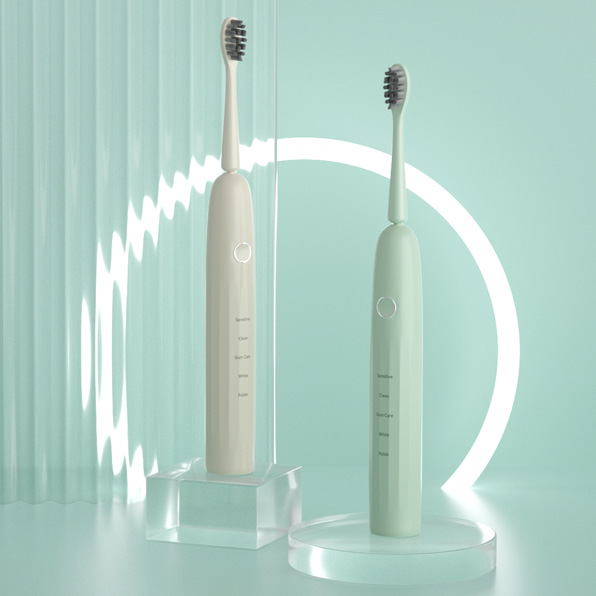
Cost-Benefit Analysis: Private Label vs. Full Custom OEM Electric Toothbrushes
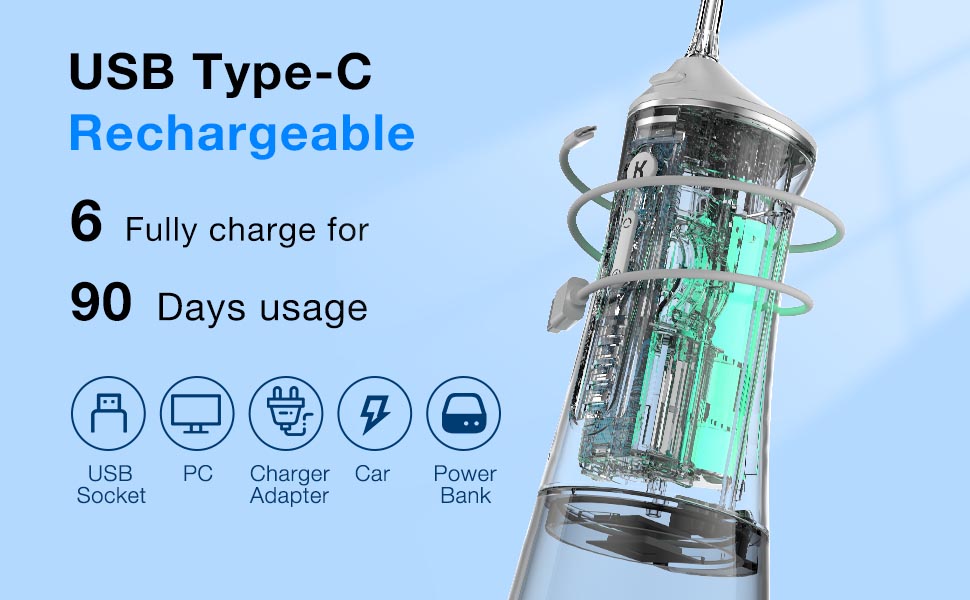
My Water Flosser Cannot Be Charged: What Causes It and How Can I Fix It?
.jpg)
Senior-Friendly Oral Care: Design & Sourcing Considerations for Aging Adults
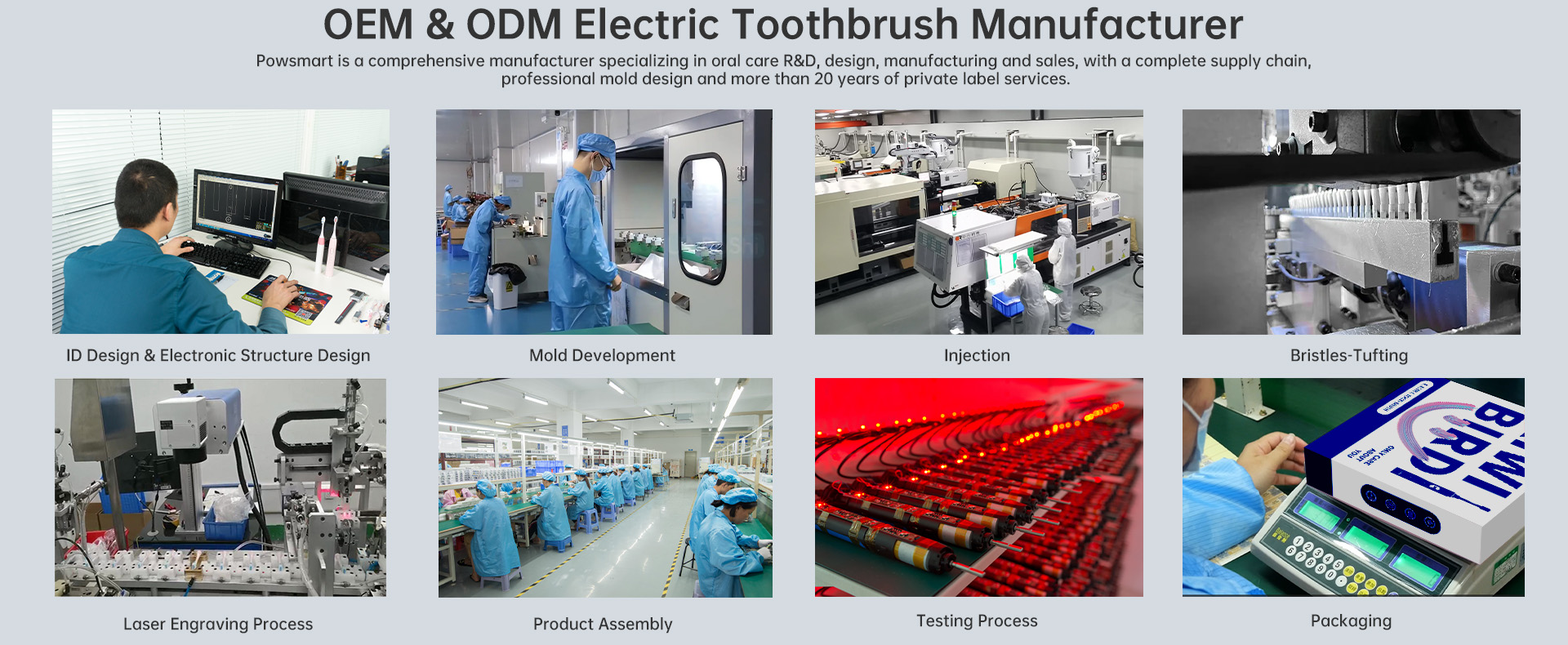
Critical Technology in the Production of Electric Toothbrushes: Balancing Waterproof Design and Motor Performance
.jpg)
How does the dedicated massage mode promote gum blood circulation and health?
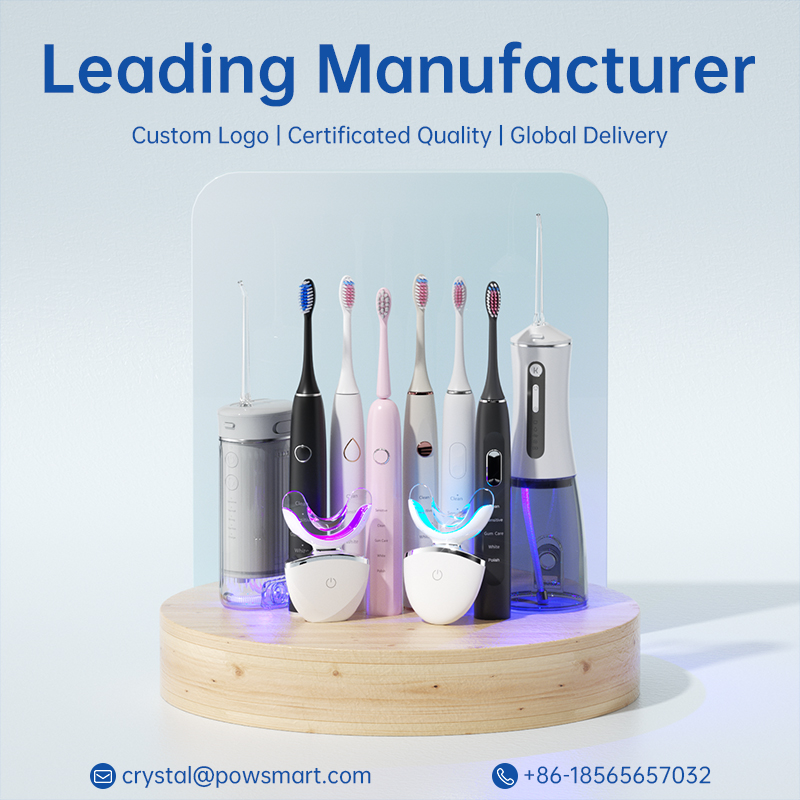
New Year Health Goal Products Category Expansion
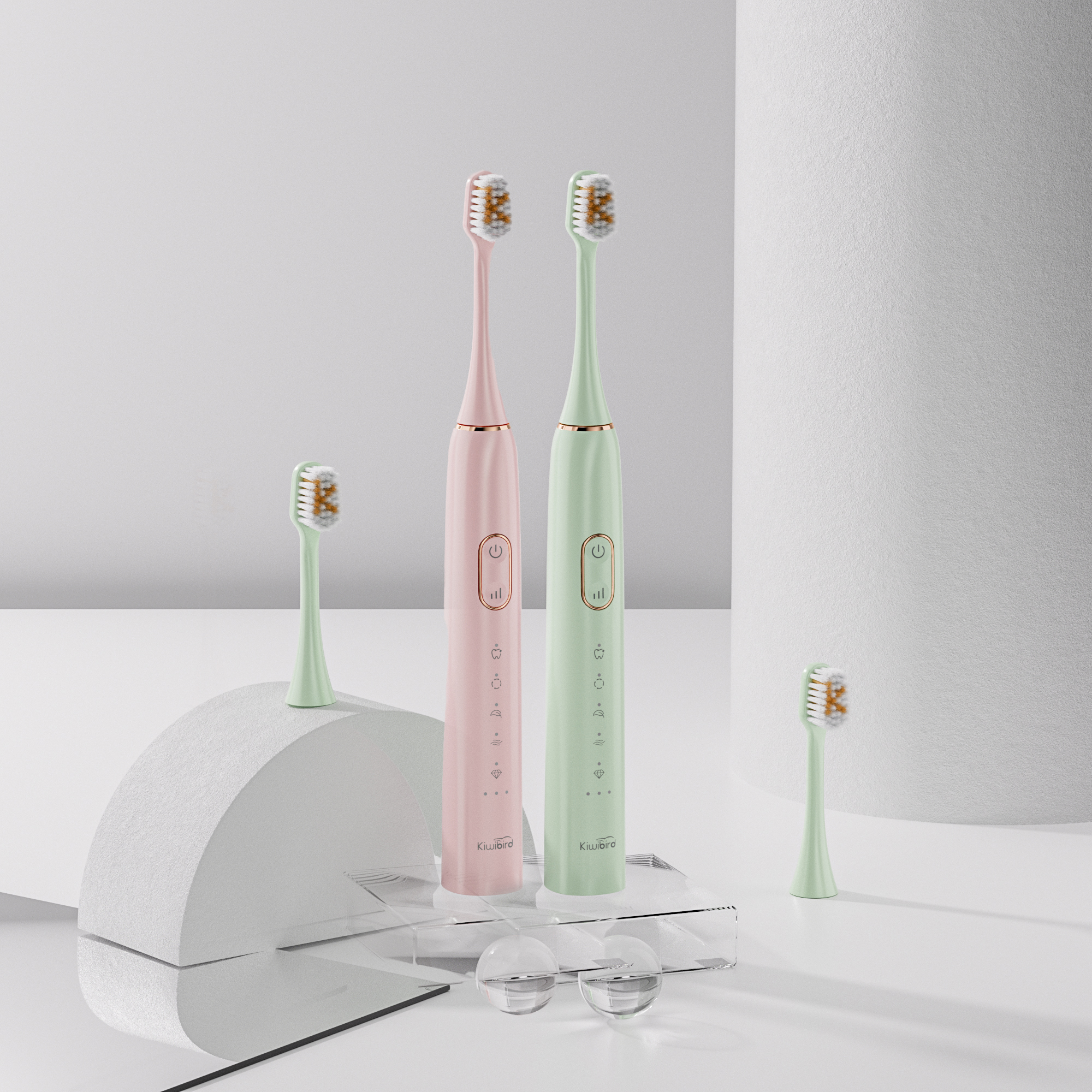
Does Deep Clean Toothbrush Mode Cause Timer Malfunction?

electric toothbrush heads Charcoal Infuse-Round

electric toothbrush heads Ultra Soft
.jpg)
Florida Electric Toothbrush – Powsmart PTR-C8

electric toothbrush heads Regular Clean

electric toothbrush heads Deep Clean

Private Label Whitening Gel

Customization Teeth Whitening Gel

Electric toothbrush heads Charcoal Infused-Diamond
whstapp
whstapp
National Toll-Free Service Hotline
+86 755 86238638